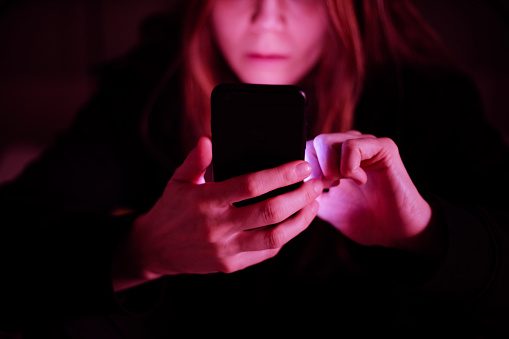The honeymoon period for dating apps appears to be conclusively over. This week, Bumble announced it would lay off nearly a third of its workforce, after losing over 350,000 users last year. Match Group, the owner of Tinder and Hinge, is also struggling, with the company’s share price falling 68% in the last five years.
There are many reasons why young people have fallen out of love with dating apps: an ever-increasing demand for in-person interactions, a greater awareness of the vapid slot-machine that is swiping left and right, the realisation that attraction can’t be reduced to an algorithm.
Much has also been written about the sheer exhaustion that comes with online dating. It’s transactional and often leads to dates filled with formulaic conversations. Rather than getting to know people in whom you’ve taken an interest, you are met with a constant conveyor belt of faces, giving the illusion of endless choice. This is not to mention the constant risk of rejection and “ghosting”.
Yet this need to digitally detox our love lives is also driven by a different kind of fatigue: an exasperation with the “subscription economy” model that has made every app about access rather than ownership. Match Group and Bumble generate the bulk of their revenue — about $4.2 billion for both companies last year — by selling subscriptions. Apps such as Hinge run a “freemium” business model, where you can sign up and use the basic app for free, but extras — unlimited swipes, a higher-visibility profile, and the ability to message people who have not shown interest in you — cost monthly fees.
Wall Street may love subscription models because of the comfort of recurring revenues, but users may not feel the same way. Generation Z, whose members have less disposable income, may not feel enamoured by the prospect of paying for yet another app, which, because of the core tension between money-making and matchmaking, is not actually designed to work in the first place.
Subscriptions have become so ubiquitous that last year the average US consumer spent $273 a month on 12 paid subscriptions, with nearly 75% of companies which sell directly to customers having some sort of subscription offering. Businesses have become so brazen with them that in 2022 BMW generated headlines by even announcing plans to charge $18 a month for heated front seats and $12 a month for heated steering wheels, even though buyers felt they had already paid for the installed features when they bought the cars.
The increased saturation of the subscription economy has backfired spectacularly for dating apps. In their mission to make more money, they have pushed users towards premium features by putting more and more behind a paywall, but in doing so they have also driven people away. Journalist Cory Doctorow has called this the “enshittification of the internet”. First, platforms are good to their users; then, they abuse their users to make things better for new customers; then, finally, they abuse those new customers to claw back all their value for themselves. The novel gamification of dating apps was fun, but their shameless commercialisation is not.
If expenditure needs to be culled, people are far more likely to leave Bumble than they are Netflix, Amazon Prime or the gym. This is why dating services trying to frustrate users into upgrades will never work: the more these apps try to lure us into ever higher price points, the more likely we are to stop using them altogether.
